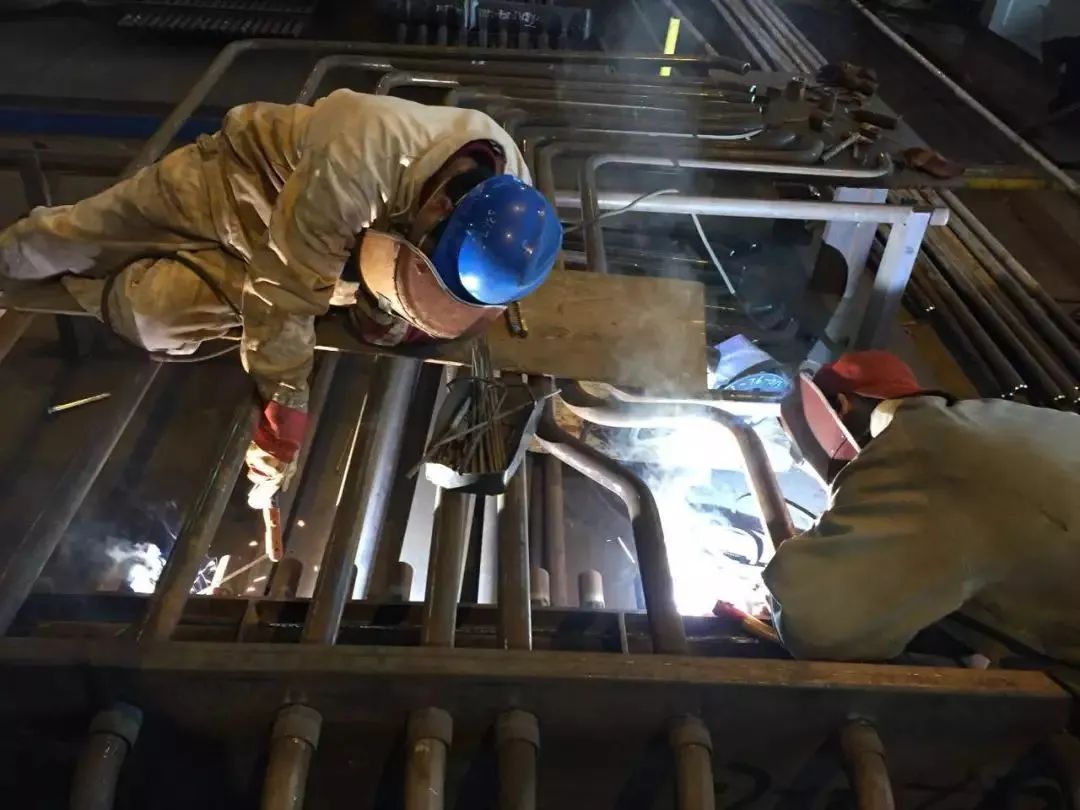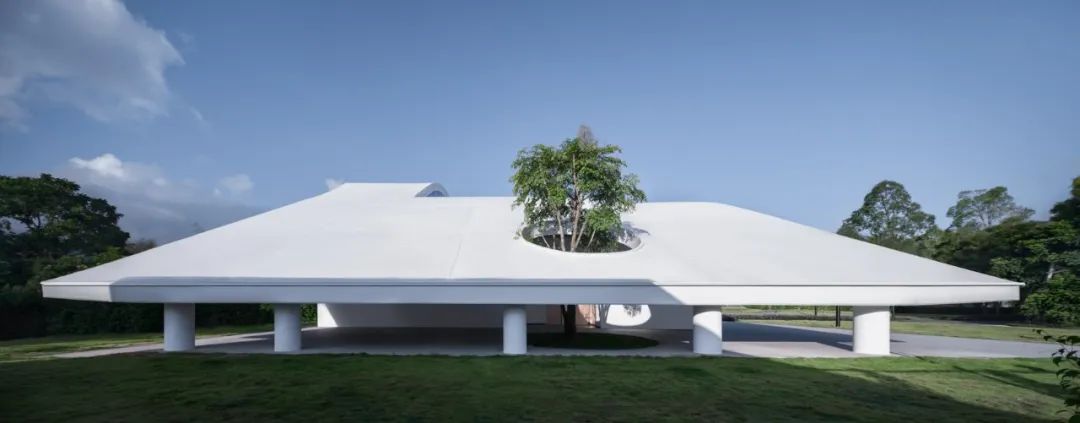The furnaces, steam and turbines below the slope convert 440000 tons of waste into sufficient clean energy every year to provide electricity and district heating for 150000 households.
Assessment value of carbon emissions: 70% © CAAarchitects © In the face of the complexity of the global environment, CAA architects, although there is no immediate effect on the sustainability of buildings, many architectural firms and research institutions are making contributions to a healthier planet with the goal of achieving “carbon neutrality” due to the consideration and balance of the sustainable development of the full life cycle of the project.
At the same time, it sinks inward and protrudes outward to obtain more skin area for lighting and viewing.
There are ski slopes, hiking trails and climbing walls on the top, which reflects the concept of enjoyment sustainability and is in line with Copenhagen’s goal of becoming the first carbon neutral in the world by 2025.
© InternationalOlympicCommittee(IOC)/MØRK,Adam © International Olympic Committee (IOC)/M Ø RK, Adam Kolon Group Research and Development Center Design institute: Morphosis Architecture Firm Carbon emission assessment value: 40% Project address/year: Seoul, 2018 © JasminePark, Roland HalbeMorphosis breaks through the limits of materials, technology and design to create a sustainable building with unique appearance, which reflects the responsibility and vision of Kolon Group in terms of innovation, technology and sustainability.
© CAA architects CAA architectural firm project: Ocean Paradise – Maldives Airport Economic Zone, is a “city of life” where people and nature coexist.
CopenHill energy plant and urban leisure center design institute: BIG architecture firm Carbon emission assessment value: 50% Project address/year: Copenhagen, Denmark, 2019 © Hufton+CrowCopen Hill is a 41000 square meter waste incineration power plant, which has urban leisure center and environmental education center, transforming social infrastructure into a building landmark.
© JasminePark, Roland Halbe The building achieves the LEED gold medal and the most stringent sustainability certification goal in South Korea through sustainable means: green roof; Recycled materials; Use foam deck to reduce the concrete consumption by 30%; The unique sunshade system of the facade through parametric design is used to balance shadows and vision; At the same time, Kolon’s high-tech fabric aramid is used to improve the tensile strength of the material..
The concept of tropical culture, marine ecology and sustainable development will be integrated to endow buildings with the meaning of life, while mitigating the negative impact of traditional buildings on the environment.
© Hufton+Crow © SorenAagaard Olympic House, IOC headquarters Design institute: 3XN architecture firm Carbon emission assessment value: 20% Project address/year: Switzerland, 2019 © The International Olympic Committee (IOC)/M Ø RK, Adam3XN designed the new IOC headquarters around the three key elements of sport, flexibility and sustainability.
Scaffolding Adjustable Base Jack Nut
© InternationalOlympicCommittee(IOC)/MØRK,Adam © InternationalOlympicCommittee(IOC)/MØRK,Adam © 3XNArchists low flow faucets, toilets and rainwater collection reduce the water consumption of buildings; Solar panels on the roof reduce the demand for grid power; The building skin achieves excellent heat insulation effect through airtight design and three layers of glass on the inner skin.
Sustainable building is to solve the negative impact of buildings on the environment and society by using design methods, materials, energy and development space that are harmless to the surrounding ecosystem or community, and abiding by the principles of social, economic and ecological sustainability.
We also selected the representatives with the most green building characteristics, and evaluated them according to the standards to see how they contribute to the ecological environment of the earth to varying degrees.
In the research strategy of “sustainable green future”, based on the actual data of reducing carbon emissions, the sector standards of “low carbon, zero carbon and negative carbon” green buildings are formulated.
Through innovative design, the building’s environmental impact was minimized, making it one of the most sustainable buildings in the world.
© CAAarchitects © CAA architects sustainable energy system design enables 70% of the energy consumption in the whole building complex to be recycled through its own supply, realizing the recycling and utilization of green energy.
© RasmusHjortshøj-COAST © Hufton+Crow green roof has solved the challenging microclimate problem of the High Altitude Park, and has reshaped the biodiversity landscape while absorbing heat, removing air particles and minimizing rainwater runoff.
Aluminum bricks are stacked to form a continuous facade, so that sunlight can enter the facility through the middle glass window.
Low carbon buildings refer to reducing the use of fossil energy, improving energy efficiency and reducing carbon dioxide emissions throughout the life cycle of building materials and equipment manufacturing, construction and building use.



